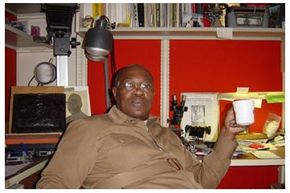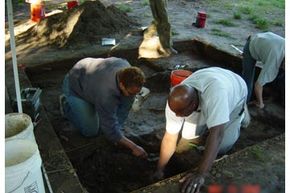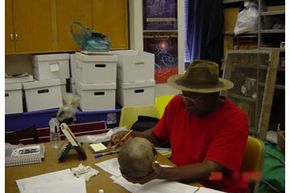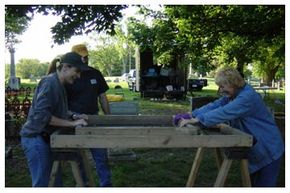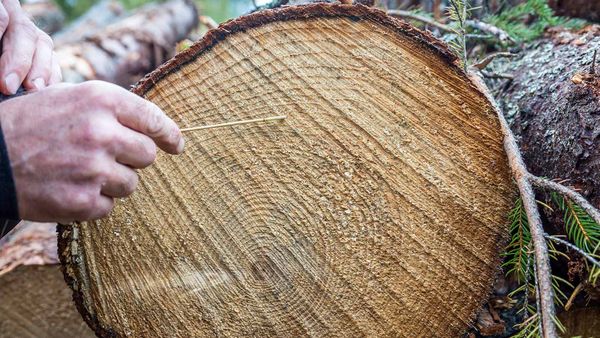According to the Bureau of Labor Statistics, about 61.8 million people volunteered for an organization at least once in 2008. Of this population, only one age group -- young adults between the ages of 16 and 19 -- volunteered at a significantly higher rate compared to the year before. Part of the explanation is the unprecedented enthusiasm Barack Obama engendered among teens as he made his bid for the White House. In 2008, millions of Americans got involved in the political process for the first time. Now, as President Obama launches United We Serve, an initiative encouraging Americans to lend a hand in their communities, even more U.S. citizens will be compelled to volunteer.
One such person is Demetria Gallagher, a student at the University of Illinois at Chicago. For the last year, Demetria has been volunteering for the African Scientific Research Institute (ASRI), a nonprofit organization dedicated to preserving African American culture as a legacy for future generations. Demetria's volunteer work actually grew out of a class project she completed in pursuit of a master's degree in urban planning. The focus of her project was to develop a survey that could be used to assess the community development needs of Pembroke Township, a 52-square-mile (83-square-kilometer) tract of rural land about 10 miles (16 kilometers) southeast of the city of Kankakee, Ill. As she completed the project, Demetria realized that her survey instrument could be improved to more effectively capture the voices of the predominantly African American residents that lived in Pembroke Township.
Advertisement
As a volunteer for ASRI, Demetria refined the survey so it more accurately reflected the history of the area and the needs and challenges of Pembroke community members. Today, she is implementing the survey and collecting early data -- data that the town will use to develop a successful tourism plan that's beneficial both economically and culturally. Tourism may seem like an odd goal, but that's what ASRI's Project Genesis is all about. The organization uses cutting-edge science to identify and reconstruct forgotten African pioneers, abolitionists and the communities in which they lived. Then it works to help rebuild these communities and make them self-sufficient through activities and attractions that draw visitors who want to learn more about the challenges Africans faced as they struggled to gain their freedom.
ASRI relies heavily on volunteers like Demetria. If you think you might want to donate your time and energy to ASRI, keep reading. This article will explain everything you need to know about the African Scientific Research Institute, how to become a volunteer and what you can expect once you sign up.
Advertisement
